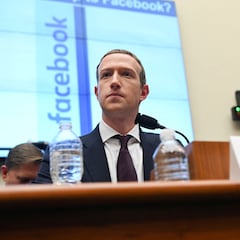What are the new changes to Twitter blue check verification coming in April?
The last vestige of the social media site’s old verification system will depart the platform on April Fool’s Day. What does it mean for your account?


Twitter verification, also known as the blue checkmark, was a process through which Twitter confirmed the authenticity of accounts belonging to public figures, organisations, and businesses. People could easily find accounts belonging to journalists and government figures without risk of impersonation.
This all changed when Twitter was brought by Elon Musk last year. One of his major changes was allowing anyone to receive a blue check if they paid a monthly fee to Twitter Blue. No longer was it the case that a blue mark indicated someone of relative importance, now anyone could pretend to be Eli Lilly and crash their share price.
The death knell for the old style of verification has been sounded. Twitter made the announcement in a post that the original blue checks will lose the symbol on their profile unless they paid for Twitter Blue.
On April 1st, we will begin winding down our legacy verified program and removing legacy verified checkmarks. To keep your blue checkmark on Twitter, individuals can sign up for Twitter Blue here: https://t.co/gzpCcwOpLp
— Twitter Verified (@verified) March 23, 2023
Organizations can sign up for https://t.co/RlN5BbuGA3…
What does this mean for your account?
How did verification work before?
The criteria for verification included factors such as the account being active and in good standing, the account having a complete profile, and the account being in the public interest. Twitter also considered the likelihood of the account being impersonated, and the presence of other factors that may pose a risk to the platform or its users.
After applying and meeting the criteria then Twitter would give the account a blue check mark.
How will verification work after April Fool’s Day?
The only way to be verified with a blue check after 1 April is by paying for Twitter Blue. Currently this costs $8 a month or $84 for a year-long subscription.
Related stories
For organisations there is a seperate verification process that conveys a gold check mark. Any organisation that purchases a subscription to Verified Organizations receives:
- a gold checkmark and square avatar if they are a business or non-profit
- a grey checkmark and circular avatar if they are a governmental or multilateral organization.
These companies can then convey their affiliate badge to people working for the company as another check mark. This is the closest system to the original blue check before Musk bought Twitter.

